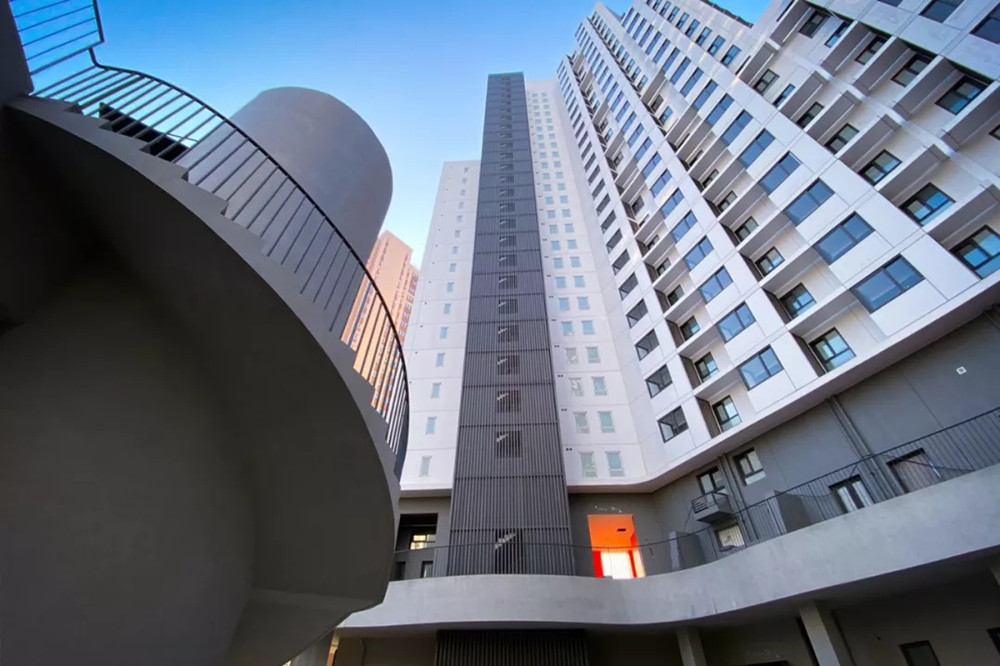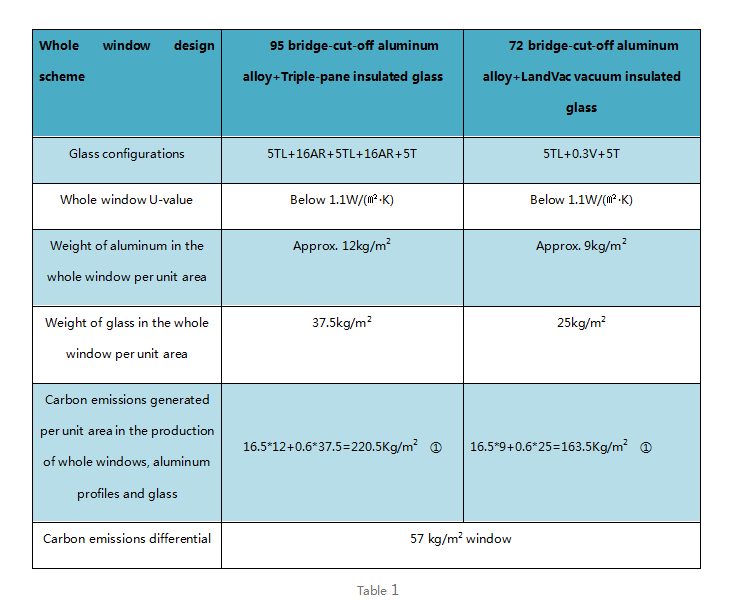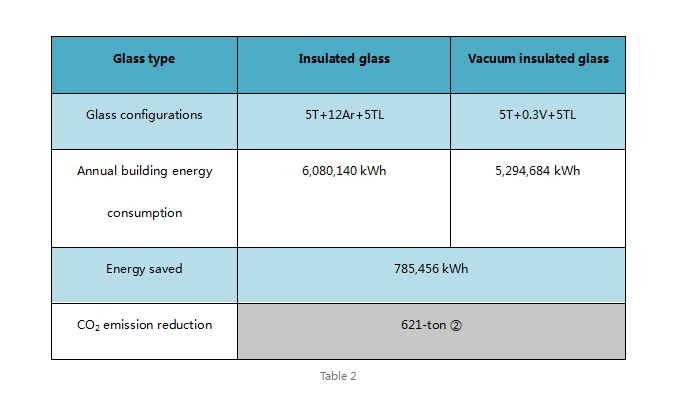
The rules for carbon emissions trading management published by the Ministry of Ecology and Environment went into effect on February 1. The management rules regulate the national carbon emissions trading and related activities. As a major institutional innovation, it attempts to control and reduce greenhouse gas emissions while promoting low-carbon development through market mechanisms. It is also a critical lever for achieving CO2 emissions peak and carbon neutrality in China.

LandVac used in the Baiziwan passive house project
To a certain extent, carbon emission rights empower a country with the rights and spaces for development; restrictions and depletion of carbon emission rights will result in its economic slowdown and down-scaling. Therefore, the control and reduction of greenhouse gas emissions and the promotion of green and low-carbon development have become the key to the steady growth of GDP in China, the realization of the goal to reach the level of a moderately developed country by 2035, and achieving China’s national rejuvenation. According to the data provided in China’s Building Energy Consumption Report (2018), China’s building carbon intensity per unit area has reached 36 kg/m2, becoming the No. 1 industry in terms of resource consumption and environmental loads in all socio-economic activities. Apparently, raising the building’s energy consumption standards and tapping the potential of building energy conservation will determine whether China’s carbon emissions can meet the standards, as well as China, will play a dominant role in the international carbon emissions trading.
Beijing’s Design Standard for Energy Efficiency of Residential Buildings coming into effect on January 1, 2021, includes two major upgrades: to boost the building energy efficiency rate from 75% to more than 80% by increasing the thickness of exterior wall insulation and lowering the Thermal transmittance (K-value) to less than 1.1 W/(㎡·K). In the light of the new building energy-saving design regulations, provinces and cities are expected to roll out the corresponding building energy-saving standards soon. Enterprises in construction and building materials-related business will also face the opportunity to take off or life-or-death challenges.
While windows and doors only account for 10% of a building envelope, the energy loss caused by them is often responsible for 40% of the total building energy consumption. As the sizes of today’s doors and windows are getting larger and the curtain walls become increasingly popular, the opportunities for more than 5,000 fenestration manufacturers nationwide cannot be ignored. At present, the mainstream whole window scheme on the market with a K-value below 1.1 is the 95 bridge-cut-off aluminum alloy frame with a triple-pane insulated glass configuration. Compared with the LandVac 72 bridge-cut-off aluminum alloy frame solution, the carbon emissions generated in manufacturing its additional aluminum profiles and glass amount to 57Kg/m2. See Table 1.

Compared with insulated glass, when a commercial building with a floor space of 40,000 square meters adopts LandVac in its entire fenestration system, it can save approximately 580,000 yuan a year in electricity bills and reduce carbon emissions by approximately 600 tons. See Table 2.

Thus, the wide application of and replacement with vacuum insulated glass will significantly reduce the use of glass and aluminum materials, resulting in continuous energy-saving and emission reduction effects. It will be conducive to the reduction of total carbon emissions in the construction sector, which will contribute to the realization of a peak in CO2 emissions before 2030 and carbon neutrality before 2060 for China’s right to develop toward the great goal of national rejuvenation!
Note:
①According to 2020 data released by International Aluminum Institute (IAI): 16.8-ton of CO2 emission for each ton of aluminum produced; according to data of Networked Carbon Markets: For each ton of glass produced, approximately 600Kg of CO2 is emitted;
② The data are derived from a commercial building in Luoyang (a cold region) with a floor space of approximately 40,000 square meters and a fenestration area of approximately 10,000 square meters. Due to space limitations, other conditions and data are deemed negligible.